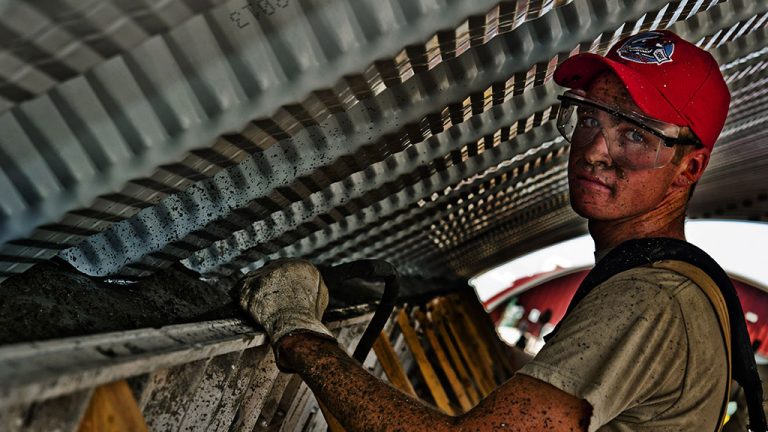VANCOUVER – The BC Construction Safety Alliance (BCCSA) has released a new guide as the province heads into wildfire season.
Besides the immediate risk of forest fires, smoke can travel into populated areas at great distances from the initial fires and adversely affect construction workers.
The BCCSA guide lists irritation of the eyes, nose and throat, coughing, headaches and worsening of allergies as common symptoms of wildfire smoke exposure, and said those symptoms usually improve once smoke clears.
More severe symptoms can include shortness of breath, severe cough, dizziness, chest pain, heart palpitations and pneumonia. The risk of those symptoms increases with higher levels of smoke inhalation, a longer duration of exposure and individual health status and personal characteristics such as age or allergies, the guide said.
High risk groups include pregnant workers, older adults and workers with chronic conditions such as asthma, chronic obstructive pulmonary disease (COPD), heart disease and diabetes.
The guide recommends using air filters rated MERV 13 or higher in ventilation systems when working indoors or HEPA portable air cleaners if air filtration is not possible.
“These air cleaners are also effective at reducing viral particles in the air and can reduce the risk of communicable disease transmission in indoor environments. Ozone-generating air cleaners should not be used because they release ozone gas, which is a respiratory irritant,” the guide said.
Air purifying respirators can also reduce the risk of smoke inhalation when working outdoors, the guide said, and N95 masks and half-mask respirators fitted with an organic vapour cartridge/P100 filter will protect against the particulate and the organic vapours present in the smoke.
If the Air Quality Health Index (AQHI) is rated at seven or higher, the guide recommended reducing strenuous activity “as much as possible so that increased heart rates and heavy breathing are limited while the air quality is poor.”
“It is especially important that workers in high-risk groups avoid strenuous labour outdoors when AQHI is seven or higher, and they may need to avoid strenuous outdoor activities during moderate air quality conditions (four to six),” the guide said.
The guide is available here.







Recent Comments